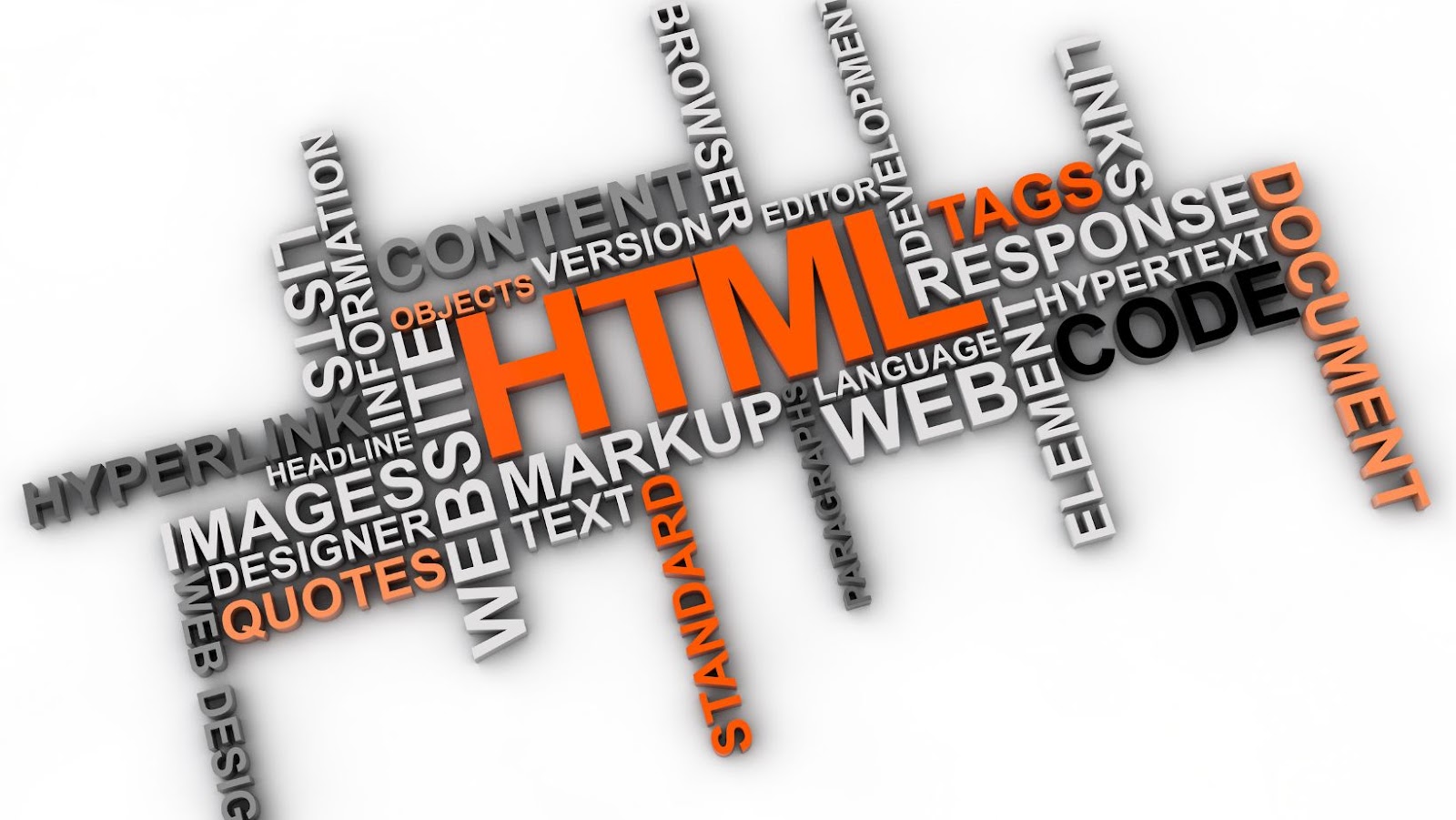
Html vs html5
HTML5 is the latest version of the Hypertext Markup Language, the standard markup language used for displaying web pages. It offers a number of improvements over previous versions of HTML, including new features, enhanced support for multimedia, and better support for modern web applications.
When deciding whether to use HTML or HTML5 in your web pages, there are a few things to consider. One is compatibility; while HTML5 is backward-compatible with most browsers, there are still some that don’t support it. Another is performance; HTML5 offers improved performance over HTML in some cases, but not all. Finally, you’ll need to decide whether the new features offered by HTML5 are worth the switch.
In general, HTML5 is a good choice for most modern web pages. However, if you need to support older browsers or need to optimize for performance in all browsers, HTML may be a better option.
How to use the new features of HTML5 in your webpages
HTML5 offers a number of new features that can be used in your webpages. Some of these, like the new video and audio elements, are easy to use and offer improved support for multimedia content. Others, like the canvas element, provide powerful new ways to create interactive content.
To take advantage of the new features offered by HTML5, you’ll need to use a bit of code. The exact code will vary depending on the feature you’re using, but there are some general tips that can help.
- First, make sure you’re using the correct DOCTYPE declaration at the top of your page. For HTML5, this should be:
<!DOCTYPE html>
- Next, you’ll need to include the appropriate tags for the features you want to use. For example, the video element must be used within the body of your page:
<video src=”video.mp4″ controls></video>
- Finally, you’ll need to include any additional code required for the feature to work. For example, the canvas element requires a bit of JavaScript to function:
<canvas id=”myCanvas” width=”200″ height=”100″></canvas>
<script>
var canvas = document.getElementById(‘myCanvas’);
var context = canvas.getContext(‘2d’);
//draw something on the canvas
</script>
With these tips in mind, you should be able to start using HTML5 features in your webpages.
The difference between HTML and HTML5
HTML5 is the latest version of the Hypertext Markup Language, the standard markup language used for displaying web pages. It offers a number of improvements over previous versions of HTML, including new features, enhanced support for multimedia, and better support for modern web applications.
You’ll need to decide whether the new features offered by HTML5 are worth the switch. In general, HTML5 is a good choice for most modern web pages. However, if you need to support older browsers or need to optimize for performance in all browsers, HTML may be a better option.
HTML5 is the latest version of the Hypertext Markup Language, the standard markup language used for displaying web pages. It offers a number of improvements over previous versions of HTML, including new features, enhanced support for multimedia, and better support for modern web applications. When deciding whether to use HTML or HTML5 in your web pages, there are a few things to consider, including compatibility, performance, and whether the new features offered by HTML5 are worth the switch.


